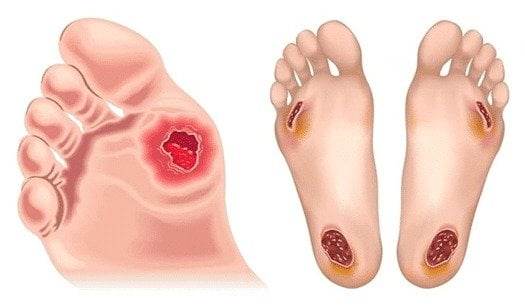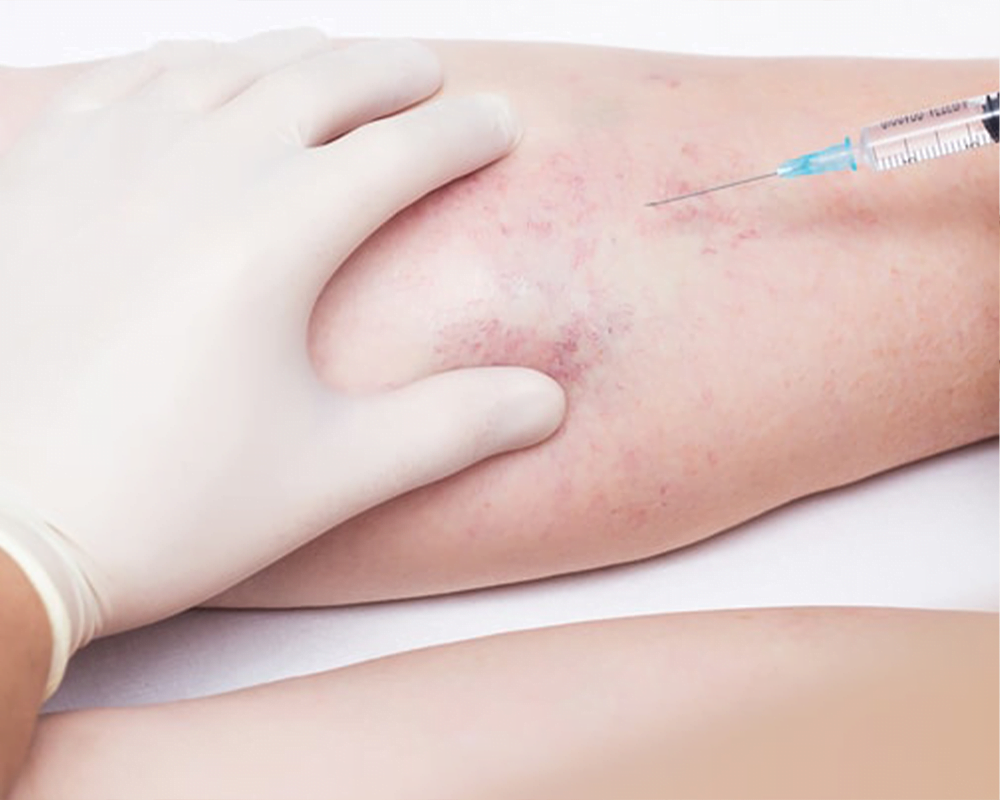Arteriovenous fistula formation & dialysis
Haemodialysis is a clinical method that assists patients suffering from end stage kidney failure. A dialysis machine takes over the function of the diseased kidney by filtering the blood of its waste material. Think of it like a washing machine for your blood stream! Vascular access for dialysis is a surgically created large vein that provides easy access into the blood stream & can withstand repeated needling.
Before your surgery, a specialised ultrasound exam will guide where best to place your fistula and in what arm or less commonly leg; Dr O’Donnell will explain this to you. For a fistula to grow and ‘mature’, it needs a good outflow vein and a good inflow artery & 6-9 weeks to grow. Surgery involves an overnight stay and is done in an operating theatre under local anaesthesia (surgical wound is numb), regional anaesthesia (your whole arm is numb) or general anaesthesia (you will be asleep). It takes several weeks for your fistula to grow/mature before it can be used for dialysis as the vein wall has to thicken and enlarge; having a faster flow in it, as it has been stitched to the artery. When it is mature, a fistula will withstand repeated needle insertions for dialysis.
Sometimes a fistula will need help maturing with a minimally invasive procedure called a fistuloplasty (angioplasty of the fistula) where Dr O’Donnell uses ultrasound, wires, X ray machine and angioplasty balloons or stents to help widen/mature the fistula in an operating theatre.

During dialysis you will be attached to a machine called a dialyser through a thin tube. Your blood is then drawn into the machine for filtration through a needle inserted into your arm. The blood is then circulated and cleaned /filtered in the dialyser and returned to your body via another tube that feeds into the fistula. This usually take a few hours and occurs 3 times weekly in a hospital setting. Some patients may be suitable for home dialysis- this decision is made by the kidney specialist/nephrologist & dialysis nursing team.
There are two types of vascular access that are created surgically:
- Arteriovenous fistula (AVF) : surgically created connection between vein and an artery in either the upper limb or less commonly, lower limb.
- Arteriovenous graft (AVG): think flexible synthetic tube that is surgically attached with stitches between an artery and a vein, the synthetic tube is needled for dialysis.
Arteriovenous fistula are preferred over grafts due to their lower rates of infection, clot formation and durability. Your vascular access is created weeks or months before you undergo dialysis.
Risk associated with creating AVF or AVG are failure of fistula to grow, need for further procedure, need for ultrasound surveillance to maintain good health of your fistula, nerve injury , blood bruising/haematoma and potentially stealing blood from the hand…. Can manifest as pain/pale/cold hand in the limb. Dr O’Donnell will explain these all to you during the consent process.
Helpful link:



